AMD made a number of announcements at their CES 2019 keynote by CEO, Dr. Lisa Su. The star of the show was clearly the new GPU, the AMD Radeon VII (called the “Radeon Seven”), which is an intriguing GPU offering. AMD also showed off its third generation Ryzen design for the desktop market. We heard an update on AMD EPYC second generation “Rome” which is due in the middle of 2019 as well.
AMD Radeon VII Launch
Perhaps the biggest announcement in the keynote is a new AMD Radeon GPU. The AMD Radeon VII is set to be an intriguing part.
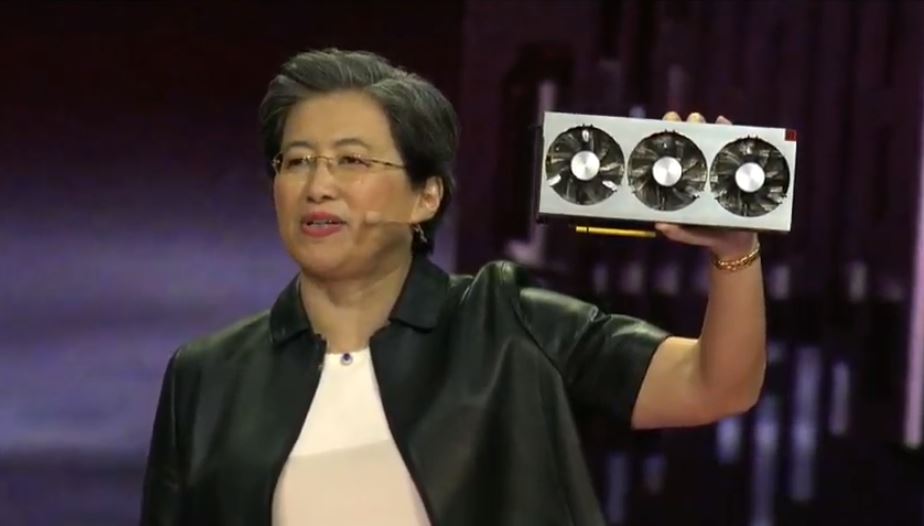
The AMD Radeon VII has 60 compute units, 16GB of HBM2 memory with up to 1TB/s of memory bandwidth and is designed to be competitive with the NVIDIA RTX 2080. Using the AMD Vega 20 architecture this would put the unit about on par with the Radeon Instinct MI50 server GPU. One can see that the triple fan cooling solution is designed to cool a very hot part.
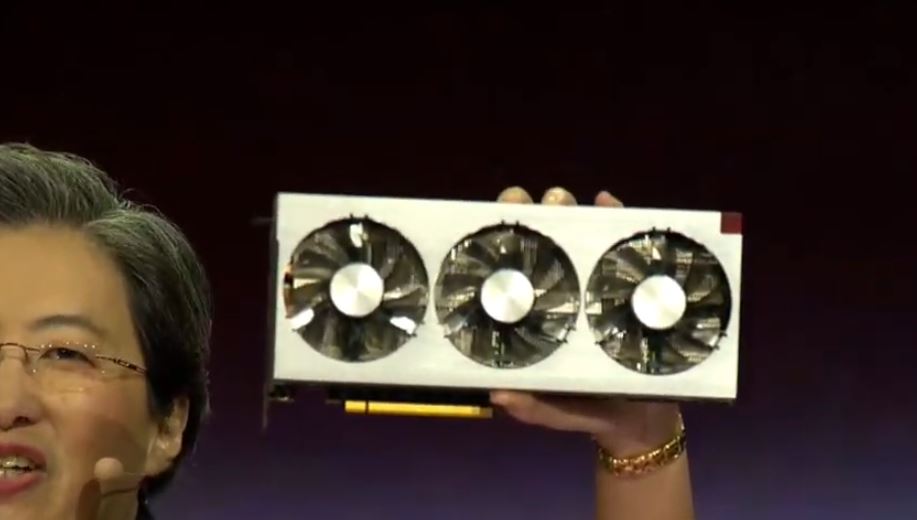
Launch pricing is expected to be $699 on 2019-02-07. That will mean one can get a GeForce RTX 2080 or an AMD Radeon VII at around the same price point but AMD will have twice as much memory while NVIDIA is offering its RTX features.
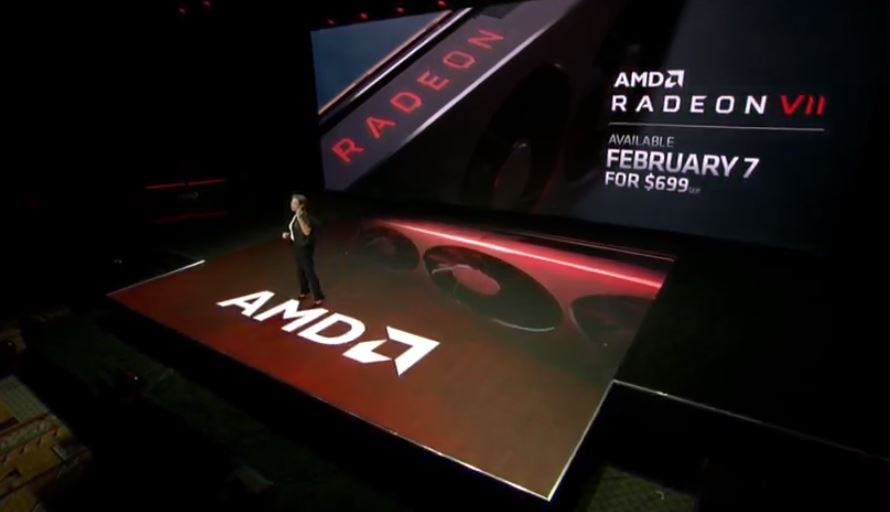
As we saw with our recent AMD Radeon Vega Frontier Edition Review the 16GB of HBM2 design has a lot of benefits associated with it. We were slightly surprised not to see a Navi generation of GPU announcement today as CES has a lot of gaming focus and that announcement would have set the show ablaze.
AMD Ryzen Third Generation
One of the big questions regarding the next-generation 7nm Ryzen desktop CPU part has been about how AMD will handle a new chiplet core design and I/O hub. With the AMD EPYC Rome generation, AMD is moving to a 7nm x86 core chiplet design with a large I/O hub. For the desktop, this presents more of a challenge because one does not need a large I/O chip and likely has only one or two x86 7nm chiplets.
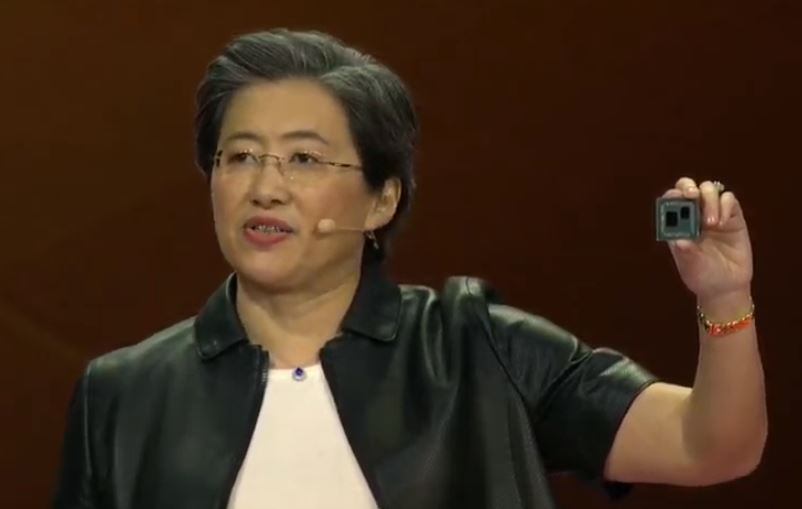
Here is a closer shot of underneath the AMD Ryzen third generation lid showing the I/O die as well as the x86 chiplet.
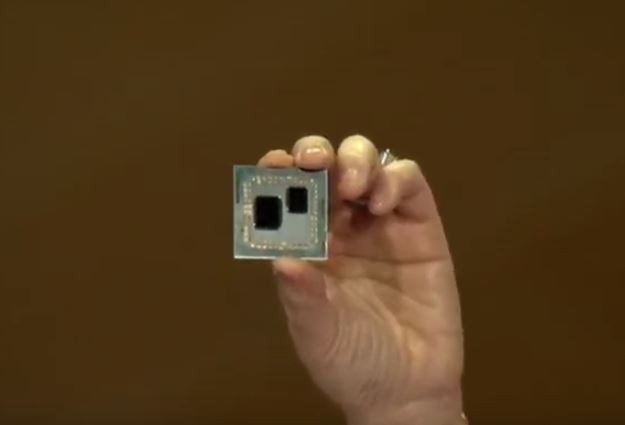
AMD is going all-in on PCIe Gen4 as it was announced that the new chips will support the new I/O standard. This design means that AMD, like with the original Zen launch, will be able to use the same x86 die between both server and desktop parts. It also means that AMD may be able to split fabrication between foundry partners. That is important since if AMD starts to gain a lot of momentum, it will need a lot of wafer capacity. Intel has in-house manufacturing so getting wafer capacity it does not have as much competition for getting wafer starts.
One item we wanted to note is that AMD says that these new chips will drop into existing AM4 motherboards. It is likely that for PCIe Gen4 signaling to work one will want a new motherboard. This is similar to what we will see on the server side with AMD EPYC “Rome.”
AMD EPYC Rome Update
Perhaps the biggest news is that AMD EPYC second generation, code-named “Rome” is still on track for a mid-2019 delivery. That will put the new 7nm server processor on track for launch about two years after the original Naples EPYC generation.
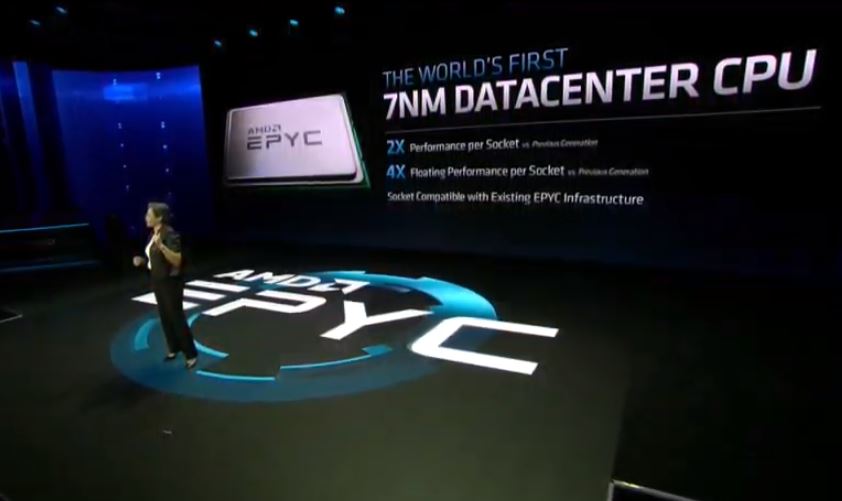
This is going to be the chip to watch launching between Intel Cascade Lake and Cascade Lake-AP and Cooper / Ice Lake.
Final Words
Overall, we wish there was more on the new chips, but it also means that it is looking more like we will have a quarter or perhaps more of the Cascade Lake/ Cascade Lake-AP cycle followed by AMD EPYC generation two in late Q2 or early Q3.

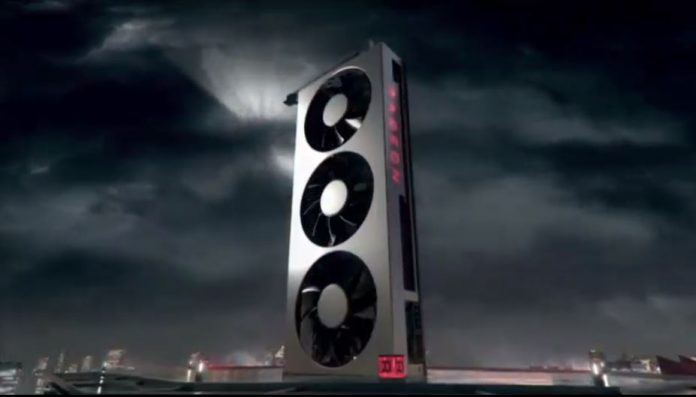



That Ryzen3 shot certainly looks like another 8-core chiplet can fit.
… or a vega die
Radeon VII does not get PCIe 4.0 support, nor does it get Infinity Link support – so still I wait.
At least EPYC will be, well you know …
Hopefully it will be over 4Ghz on at least one or two SKUs.
Does AMD understand they finally have an advantage over Intel and should run so that they can deliver their 7nm chips at least a full year before Intel catches them up with their 10nm process?
Apple, Huawei, Qualcomm have been shipping 7nm-based silicon for a few months now. Why does AMD need until Q3 to deliver their stuff?
And Navi, where is Navi?
Their execution have improved but still is not good enough.
Marcelo B: Doesn’t really matter, the nm war is just pure marketing, the marketed numbers means nothing, the numbers does not reference any particular real world dimension, its just the process, have really nothing to do with the end product, even AMD:s (tsmc or GlobalFoundries) 12nm node have every single transistor structure with a larger scale than Intels 14nm, i think the only structure that tsmc makes smaller is the fin height but that is just a design choice, all other physical structure with tsmc 12nm is about 15-30% larger than Intels 14nm.
So 7nm tsmc is probably at the same structural dimension and density as Intels 10-14nm.
So, in terms of density, performance, efficiency etc, that means nothing if you end up building a 38234e28nm feature size transistor with a 2nm process.
So, i don’t really know what “advantage” you are talking about that AMD has over Intel? In marketing, sure, in process node, not really. What matters is the end product, not the process. So we can talk all day who is best at the moment, AMD has definitely been catching up to Intel in the last year, have they surpassed Intel? In perfomance per cost AMD most likely wins, fairly easily, in performance per watt, Intel is most likely still ahead.
I want to see if the Radeon VII has the same compute execution as the MI50. If so, swap out that cooler and we’re ready to get them in a server.
@Jesper:
7nm is smaller than intels 14 nm and is also smaller than intels not released 10 nm.
AMD 64c/128tr 180 Watt TDP(2x the performance at the same power) is faster at NAMD (former intel territory, just look at all the Servethehome reviews) than 2 x 205 Watt TDP intel 8180 cpu’s, so yes they have a clear advantage at the moment.
Have you seen the AMD keynote?
Exactly, TSMC’s 7nm will be somewhat equivalent to Intel’s 10nm, my point is that AMD finally can have a process technology advantage over Intel if they actually ship 7nm silicon ahead of Intel’s 10nm ones. TSMC has been shipping 7nm silicon in high volume since mid-2018. It will be a full year later when AMD ships us their 7nm Zen cores, and my argument is that they are missing a big opportunity by not shipping earlier like Qualcomm, Huawei and Apple managed to do. Heck, even the 7nm-based AMD Radeon VII will hit shelves in February, but 7nm Zen will need 6 more months.
It does matter and matters big time. 7nm is a solid improvement over GloFo’s 14/12nm.